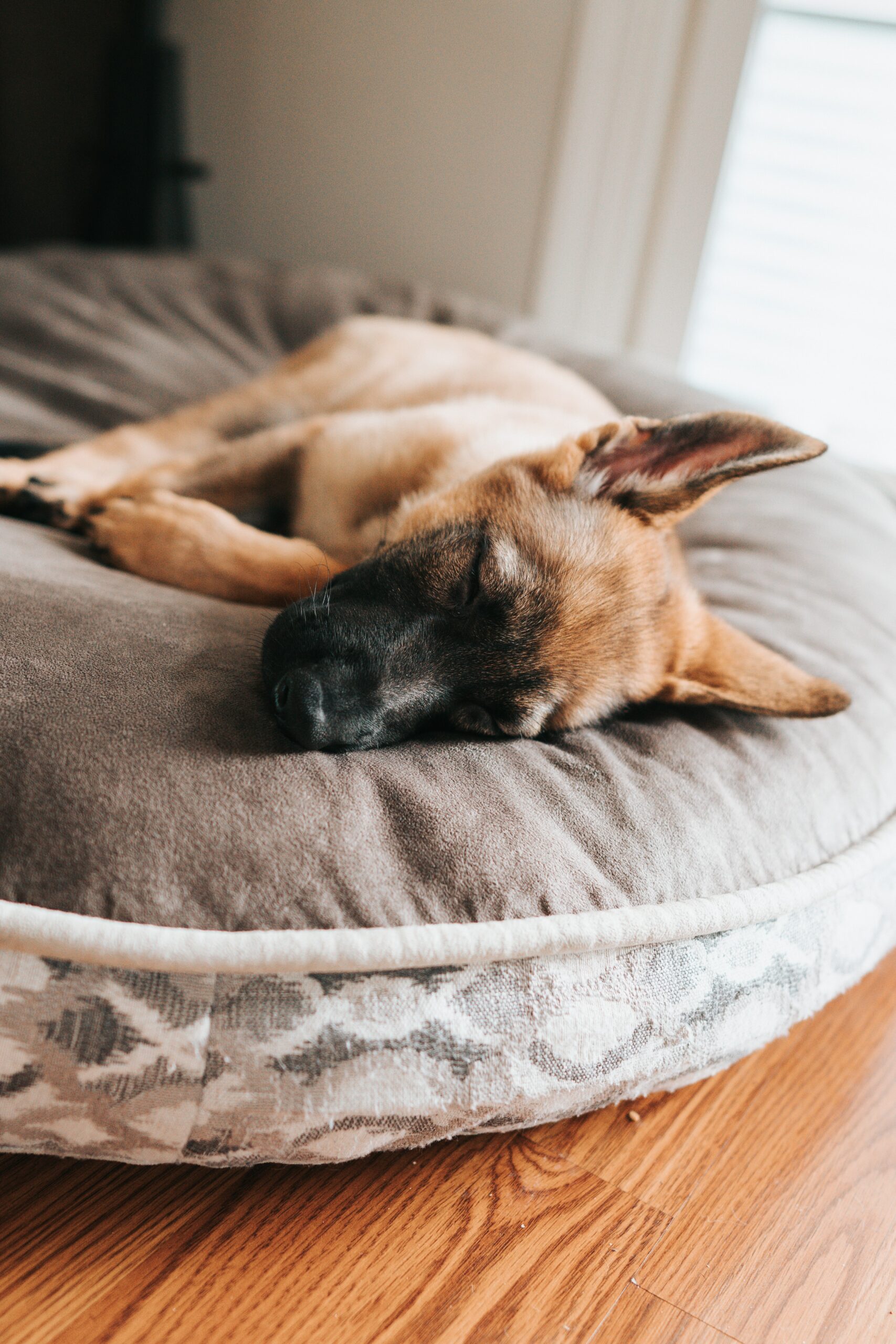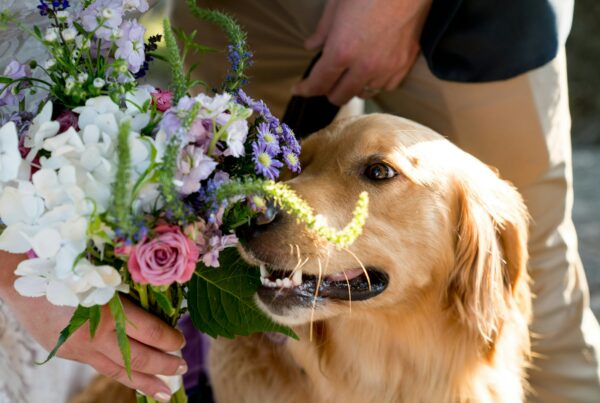Dogs are nocturnal creatures. They need to be alone to be most comfortable. They usually prefer sleeping on their sides, but some dogs prefer lying on their backs. If you’ve ever observed a senior Rottweiler lying on its back, you’ll know that his neck often causes pain. That pain prevents him from sleeping on his side, so he instead prefers other positions. If your dog is missing this restful sleep, he may start barking and be irritable.
Your Dog’s Sleeping Behavior
One common dog sleeping behavior is barking in the middle of the night. This is completely normal and often is the result of a weird dream. Dogs also often twitch their muscles while they sleep, which is often an indication of a dream. REM sleep is also when dreaming takes place, so your dog may start barking, paws moving together, and more. When you notice any of these behaviors, you can take steps to correct them.
Snoring may be a symptom of sleep apnea, which is a common problem among overweight or flat-faced dogs. Multiple interruptions of sleep can be extremely frustrating for a dog. If your dog snores excessively, he is probably having trouble breathing when he is awake. Dogs rely on breathing rapidly to regulate body temperature, so a lack of breathing will have adverse consequences.
In addition to snoozing, dogs also tend to scratch the floor before lying down. In the wild, dogs would dig the ground to soften it. The ground provided them with extra protection against predators and helped regulate their body temperature. Dogs also tend to sleep near their owners’ feet or by the front door. If this is the case, you should take action to correct it. If your dog isn’t sleeping in his bed, try putting a puppy gate between the dog and you and try to get him to sleep.
Dog Sleeping Positions With Their Meanings
Do you know all the different dog sleeping positions? From the Superman position to Lion’s pose, there are hundreds of different ways to tuck your dog into bed. So what are the differences between these different sleeping positions? Read on to discover the meaning behind each one! And if you are having a hard time deciding which sleeping position is right for your dog, consider trying these simple tips!
Superman position
The Superman position involves your dog lying on his or her stomach with all four legs stretched out. Puppies often sleep in this position, which gives the impression that the dog is about to take flight. Puppy sleep in the Superman position is also cool, as dogs have less fur on their underside. Depending on the breed, this position may be best suited for your dog. When your dog stretches out its legs in this position, it can feel hot, so elevating the bed will help it cool down.
Cuddler
A cuddler is a dog that wants to be close to you. Although this position may be a bit more difficult for large dogs, it’s a very loving and affectionate position. While this position is often a sign of bonding, it can also indicate breathing problems. It’s a sign to watch for if your dog suddenly has trouble breathing or is unwilling to exercise.
Lion’s pose
The lion’s pose is a common sleep position in dogs. It indicates that your dog is relaxed, but is still on guard. The dog is ready to jump into action if an intruder should approach. Although this may be a difficult sleeping position for your dog, the reward of sleeping beside you is great! Most dogs love to sleep near their owners. And this is exactly how they sleep at night.
Donut
Donut is a common sleeping position for dogs, and a great way to conserve body heat. Dogs may sleep in this position to feel small and less exposed in unfamiliar environments. This position is also often preferred by rescue dogs and puppies, as it protects their internal organs. A donut-shaped bed may help your pup conserve body heat by redistributing its weight and redistributing it.
How Can You Help Your Dog Sleep Better?
If you notice that your dog does not sleep well at night, he may have some type of sleep disorder. This disorder can cause excessive behavior, including neediness, irritability, and social withdrawal. The signs of sleep deprivation can occur suddenly or slowly. To identify a dog with a sleep disorder, see your veterinarian. He may recommend medication or special massage therapy. But if your dog does not show any of these symptoms, it’s probably nothing serious.
Create a sleeping area. The right atmosphere will encourage your dog to sleep soundly. Give your dog a comfortable bed and blankets. Also, put a clock with ticking sounds nearby. Or, you can turn on the radio or play gentle white noise. If your dog is especially skittish at night, try putting him in a room with a quieter noise level. If the area is noisy, try putting the TV or radio off and placing him in a room with a darker, quieter place.
Besides the bed, you can also use calming music in your dog’s room. You should be patient as it may take a few days before your pet reaches sleep. Eventually, your dog will get used to it and sleep for more hours at night. And don’t get frustrated if the problem persists; just try to fix the problem. If your dog can’t sleep well, there are some natural solutions to his insomnia.
In Conclusion
A dog’s sleeping habits can be influenced by the surrounding environment and temperature. While warm environments may induce a sprawling posture, a cold environment may cause the dog to curl up in a ball. Either way, your dog’s posture is a sign of trust in its environment and needs to be respected. Read on to learn how to improve your dog’s sleeping habits. If you notice that your dog is sleeping on its side, it’s likely that it’s feeling safe and is putting in some serious rest.
photo: https://unsplash.com/photos/GUqczWy1bns
Love our content? Share it with a friend or link it to social media. Like short clips of cute household pets? Training tips? Follow us on instagram @nydognanny or on YouTube at nydognanny. Have some news you needs to get to dog and cat parents stat? Email info@newyorkdognanny.com with your article pitch.




